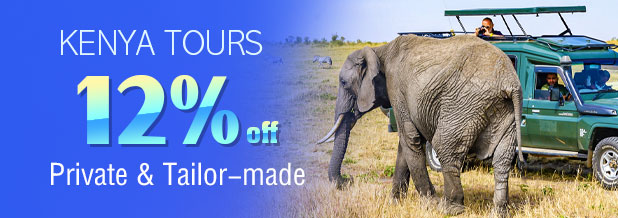Kenya Travel Guide
Basic Facts of Kenya
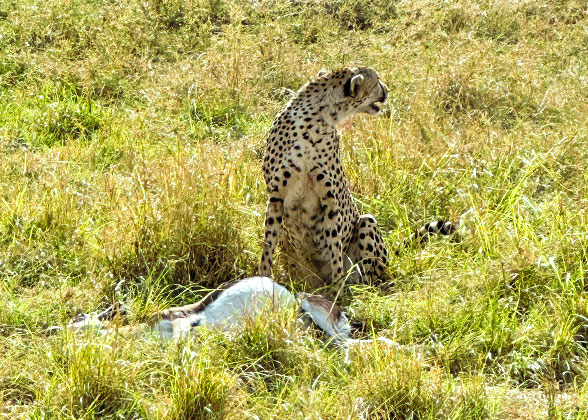
|
Top Things to Do in Kenya
Vast terrain and diverse climate make Kenya the famous “heart of Africa”. It not only has mountains, grasslands, but also has white coastal beaches. There are abundant tourism resources. A large amount of national parks are good places for safari. Mount Kenya is the top destination of hikers and mountaineers. Southeastern coastal area is the best choice for coastal vacations and underwater diving. The migrating season of animals happens from middle June to September in Kenya every year, which you can’t miss. Apart from this, you can enjoy the sight of the snow mountain at the equator, and watch thousands of pink flamingoes…
![]() Top destinations: Nairobi, Mombasa, Masai Mara, Nakuru, Amboseli
Top destinations: Nairobi, Mombasa, Masai Mara, Nakuru, Amboseli
![]() Top attractions: Maasai Mara National Reserve, Amboseli National Park, Lake Nakuru National Park, Nairobi National Museum, Great Rift Valley
Top attractions: Maasai Mara National Reserve, Amboseli National Park, Lake Nakuru National Park, Nairobi National Museum, Great Rift Valley

Observe the Wildlife during Safari
|
Best Time to Visit Kenya
December to March in the next year and July to August is the best time for traveling there. The bird migration happens from November to March in the next year. Animals will gather in January and February, thus it is the best time for safari. What’s more, July to August is the best time for watching the migrating of animals.
Kenya has clear rainy season and dry season. Rainy season is not good for traveling. The longer rainy season is from the end of March to the middle of June. And the shorter one is from the end of October to the beginning of December. The annual maximum temperature is 22~26 ℃ (72~79 ℉), and the annual minimum temperature is 10~14 ℃ (50~57 ℉). The summer here is burning hot, thus effective mosquito repellents and umbrella should be taken.
 See more: Kenya Weather
See more: Kenya Weather

Herd of Elephants in Kenya
|
Transportation
Kenya has convenient transportation. Kenya Airways operates 16 international air routes connecting Jomo Kenyatta International Airport in Nairobi with more than 30 countries. In Kenya, you can take non-stop flight from Wilson Airport in Nairobi to main scenic spots. Apart from plane, train, bus, taxi, car renting and boat are also good choices.
Kenya Travel Tips
When visiting the national parks, please don’t feed those animals and keep quiet when you are watching them for your safety; remember to stay in your car or bus except reserved spots for picnic and hiking; keep far enough, usually over 20 meters, to watch animals and don’t drive the car at a high speed. Ask for permission before taking photos for the locals. Don’t give money, stationary or candies to local kids directly.
|
|
|
History
The fossils of human skull about 2.5 million years ago were yielded in Kenya. Such archaeological evidence shows that Kenya is a birthplace of human beings. In 7th century, Arabs began to settle down and do business here. In the 16th century, the coastal area was occupied by Portuguese colonists. Since 1890, Kenya had been controlled by England and became its colony in 1920. On Dec. 12th, 1963, Kenya declared its independence and the Republic of Kenya was established on Dec. 12th, 1964.

Local Native Kenyans
|
Geographical Features
In Kenya, the coastal area is flatland, and most of the rest areas are highland with average elevation 1,500 meters (4,920 feet). The east branch of Great Rift Valley runs from north to south of the highland. There are many lakes and volcanoes in the valley bottom. Located in the middle of the highland, Mount Kenya is the second highest peak in Africa with elevation 5,199 meters (17,057 feet). Kenya has many rivers and lakes, the Tana River and Galana River are the longest rivers.
You May Like
-
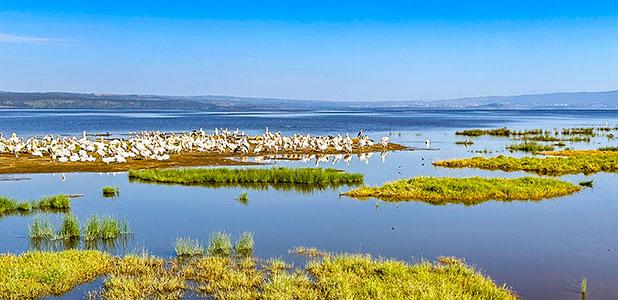 7 Days Nairobi - Samburu National Reserve - Lake Nakuru - Masai Mara National Reserve - Nairobi from USD2084
7 Days Nairobi - Samburu National Reserve - Lake Nakuru - Masai Mara National Reserve - Nairobi from USD2084 -
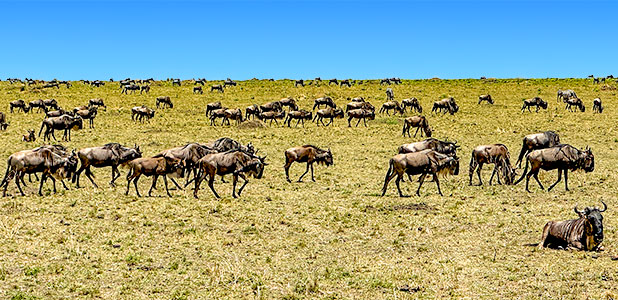 6 Days Nairobi - Masai Mara National Reserve - Lake Nakuru National Park - Amboseli National Park - Nairobi from USD1999
6 Days Nairobi - Masai Mara National Reserve - Lake Nakuru National Park - Amboseli National Park - Nairobi from USD1999 -
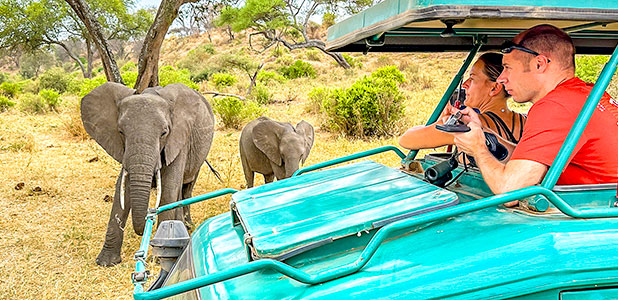 12 Days Kenya Holiday of Nairobi - Amboseli - Tsavo West - Taita Hills - Tasvo East - Diani Beach from USD3659
12 Days Kenya Holiday of Nairobi - Amboseli - Tsavo West - Taita Hills - Tasvo East - Diani Beach from USD3659


